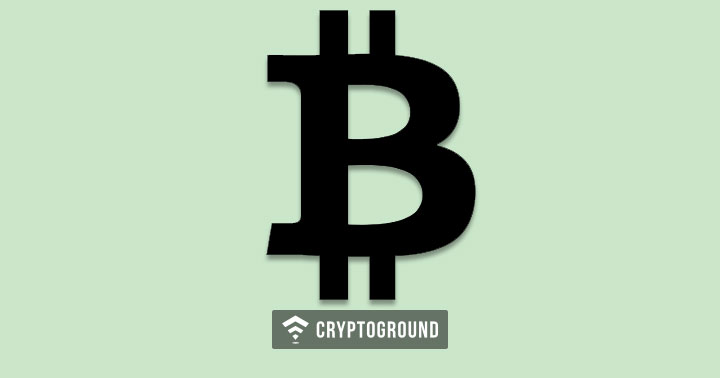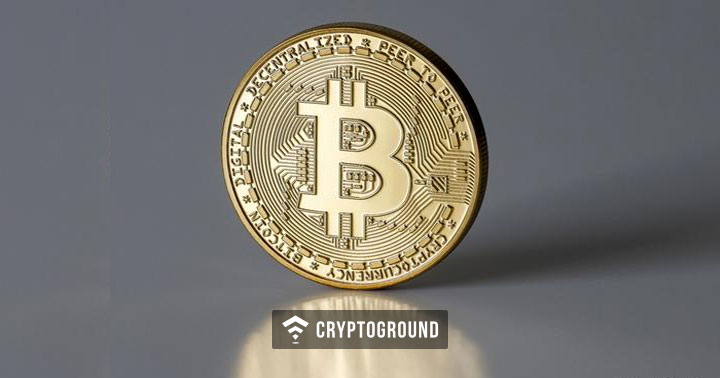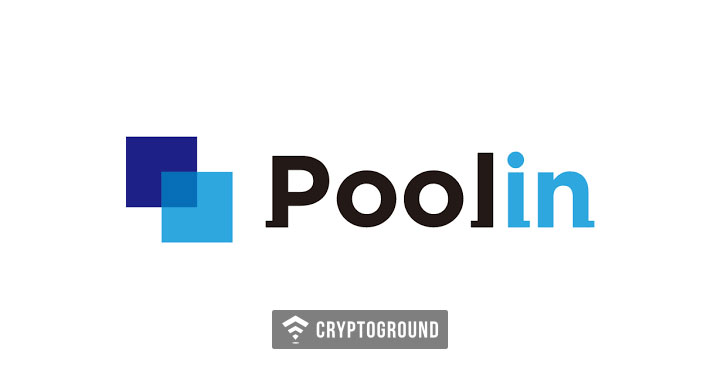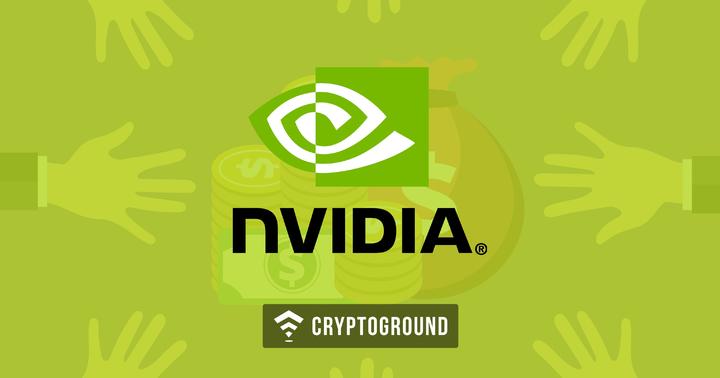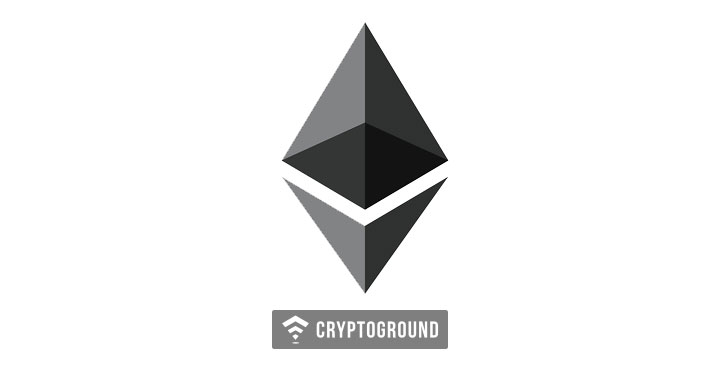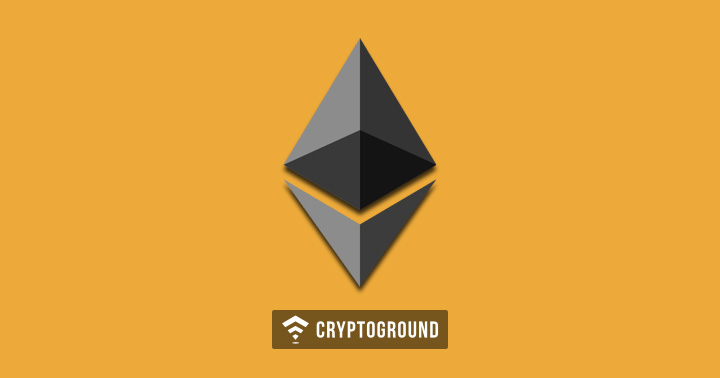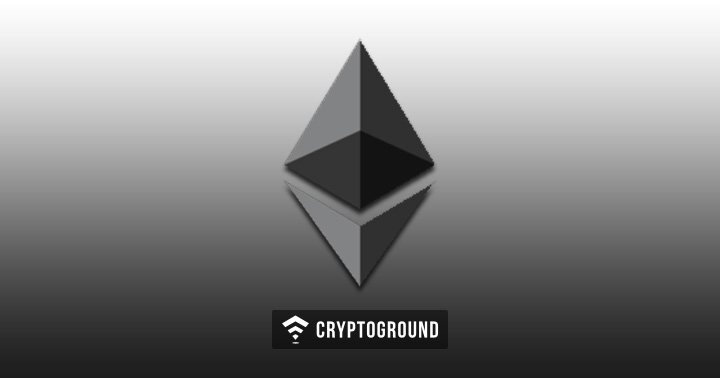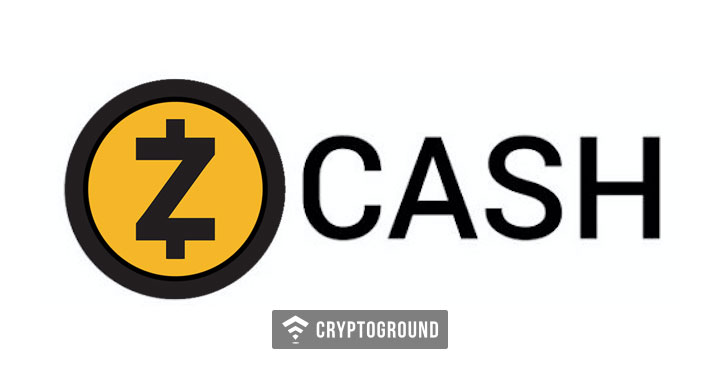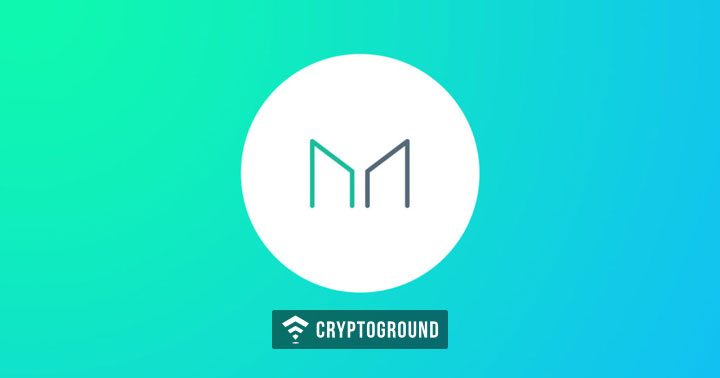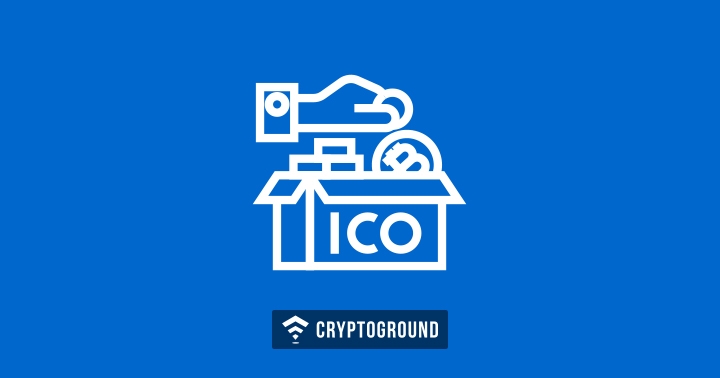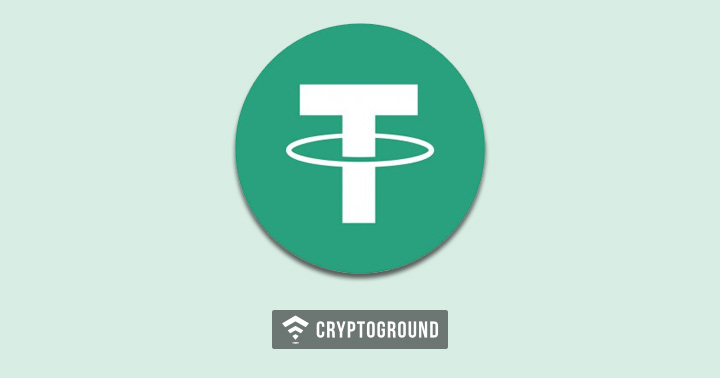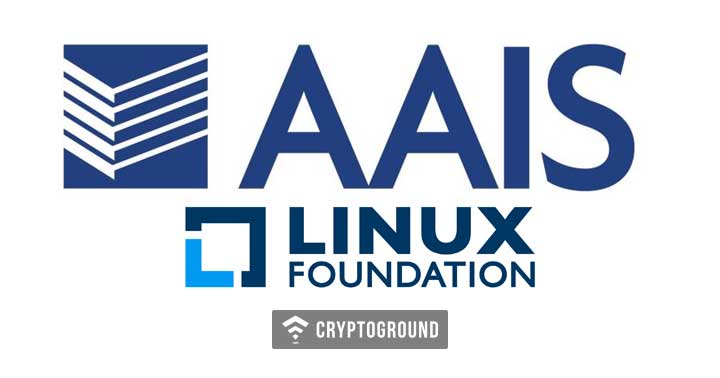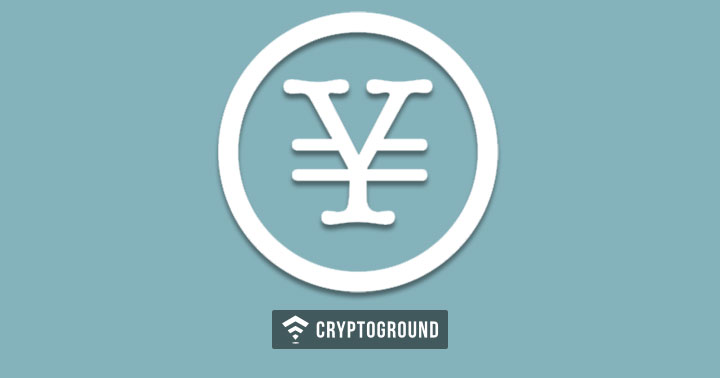Introduction
Cryptocurrencies were all created in order to replace their centralized counterpart, the fiat currencies. However, the trust that people have in centralized assets has increased over the years. It has become nearly impossible for everyone to understand the disadvantages that come along with using centralized systems.
For one, centralized organizations have taken advantage of the trust that people have in the system. You are made to believe that you are being benefited by using this system. However, it is the centralized authorities who benefit the most. When cryptocurrencies were created, central authorities viewed them as a threat. This hostile reaction towards cryptocurrencies, is what hindered their development in the first place.
However, there are a few cryptocurrencies that have been working with centralized organizations to improve the existing technology. One such cryptocurrency is Stellar.
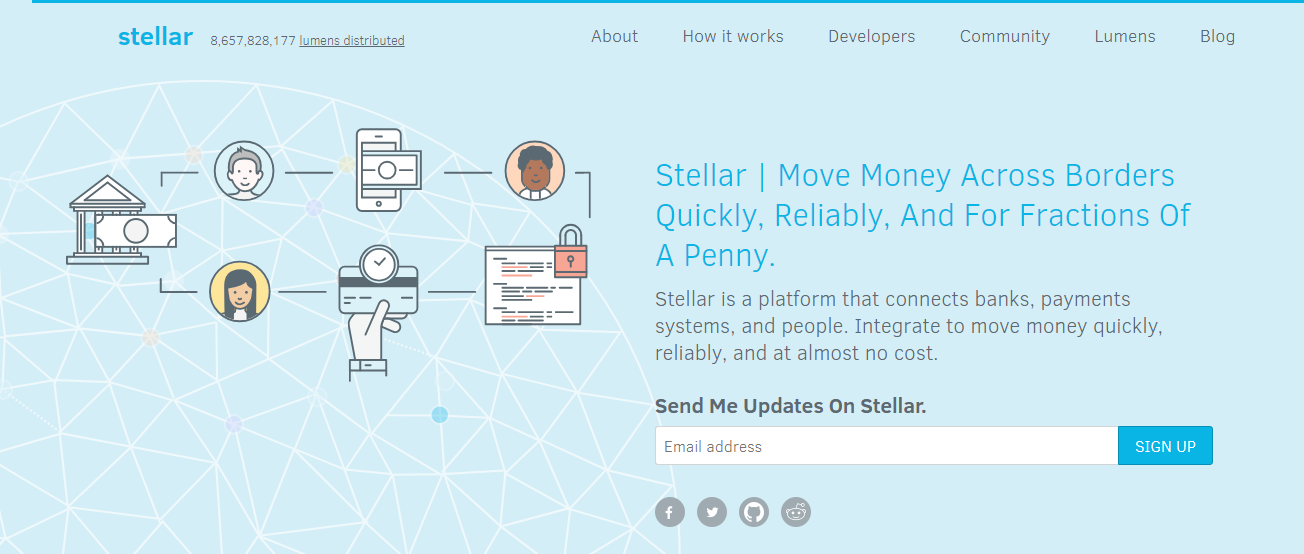
Stellar offers a solution to bridge the gap between the financial organization and its users by using a decentralized ledger, the blockchain.
Stellar offers an open-source and decentralized solution to facilitate fast and cheap cross-border transactions. The current solution for cross-border transactions is the bank. However, sending money across the border using banks, will not only take a long time but the sender will also incur an additional conversion fee.
Stellar provides a solution by partnering with several real-world payment processors and banks, to provide close to zero cost conversion. This might all sound very similar to the operation of Ripple, and it is very similar to Ripple. In fact, Stellar was founded by the founder of Ripple, and it is actually forked from the Ripple project. The only key difference between the two exists in the consensus mechanism used. Additionally, Ripple is more centralized as it is entirely controlled by the Ripple foundation.
By working alongside the centralized organizations in a decentralized fashion, Stellar offers a great solution for the problems related to the existing payment and transfer systems. This is the reason why it is one of the top five cryptocurrencies with a market cap of over $2 BIllion.
The Team Behind Stellar
We all know how successful Ripple has been over the years. Jeb McCaleb, who was one of the co-founders of Ripple, is the spearhead behind the Stellar project. Apart from working on the Ripple project, Jeb has also worked on a file sharing system. He brings a lot of experience on the decentralized network to the Stellar project.
David Mazières is the chief scientist of the team. He is a professor at Stanford University, where he leads the research for decentralized and blockchain based systems.
Nicolar Berry is the CTO of the Stellar project. He is an expert when it comes to providing solutions for hard distributed problems.
Others on the team include:
-
Bartek Nowotarski
-
Johnny Goodnow
-
Lisa Kinard
-
Lisa Nestor
-
Marta Lokhava
-
Rafał Malinowski
-
Tom Llewellyn-Smith
-
Scott Fleckenstein
-
Zachary Freundt
With such a diverse team backing the project, Stellar excels in several different aspects.
Getting Started with Stellar
Stellar was a project that was created in the year 2014 by Jeb MacCaleb and the Stellar Development Foundation (SDF). As soon as it was created, Stellar aligned itself with the payment sector of the industry, with XLM as its native currency.
The very next year, SDF upgraded the Stellar protocol in order to facilitate its partnership with the various banking systems. This is when the Stellar project picked up momentum, and rose in ranks, with several centralized organizations partnering with Stellar to establish cheap cross border transactions.
For the first couple of years, Stellar still remained quite unknown. The big breakthrough came when it announced the partnership with Deloitte. This partnership put the Stellar project on the map.
On the Stellar network, Lumens is used as the currency to pay all the fee. This fee is extremely low, which encourages people to use the Stellar network to make transactions.
This low transaction fee might attract spam transactions on the network which would ultimately clog it to crawling speeds. However, in order to discourage this, each and every Stellar wallet needs to be registered with a minimum of 20 Lumens in it.
Unlike other cryptocurrencies that use the proof of work mining algorithm, Stellar makes use of a very different consensus mechanism, called the Federated Byzantine algorithm. Instead of waiting for the entire network to approve a single transaction, Stellar creates quorum slices. These are then approved by parts of the network. This not only provides the same security as the other crypto networks, but also provides greater transaction speeds.
Stellar also acts as a platform to launch ICOs. Some of the ICOs launched on the Stellar network include the Mobius Network, Smartlands, and SureRemit.
The main goal of Stellar is to account for 60% of all cross-border transactions in the world. Even though it is still in its early stages of development, the Stellar network is already being used by several banks to process cross-border transactions.
How does Stellar Work?
Stellar is one of the few cryptocurrencies that is working alongside centralized organizations to make the world a better place. One of the highlights of the Stellar cross-border transaction mechanism, is that it does not even require the sender and the receiver to be using the same currency.
For example, a sender can send currency in the form of USD to a receiver in Europe, who receives the equivalent sum in Euros. The decentralized exchange does not even incur a currency conversion fee.
In order to process such currency conversion, Stellar has anchors set up at around the world. Anchors are the partnerships of Stellar, with real-world payment processors. All the anchors on the Stellar network communicate with each other. Whenever a transfer is made, the currency is converted into a different form, multiple times, before finally being sent to the receiver.
As the entire system runs on a decentralized ledger, the only fee that the sender has to pay is the initial transaction fee which is as low as 0.00001 XLM. Thus, Stellar offers a fast and very convenient cross-border transaction facility.
The Strengths of Stellar
With the focus mainly being on offering the best transfer system, Stellar has several strengths.
-
Banking the Unbanked:
Unlike other cryptocurrencies that are aimed at replacing the centralized banks, Stellar works alongside banks and other financial organization to provide the best possible solution for individual transfers and cross-border transfers.
-
Distributed Exchange:
Currently, there are exchange rates for all currency conversions. However, Stellar has partnered with several real-world payment processors to provide free and completely decentralized exchange over the blockchain. This means that you can send money from the USA to India without having to bear any additional conversion fee.
-
The Federated Byzantine algorithm:
This algorithm offers a great advantage for Stellar over many other cryptocurrencies. Currently, the proof of work consensus is the most secure consensus mechanism available. However, this is very computationally intensive and not feasible for scalability. Stellar uses the Federated Byzantine algorithm, which creates quorum slices for the entire network. Now, the entire network need not have to verify a single transaction. Only part of the network verifies a transaction whereas the other parts verify other transactions. This does not compromise on the security, while at the same time speeding up the transaction confirmation process.
Apart from this, Stellar brings in all the advantages that come along with the decentralized network such as unmatched security, trust, and cheap transactions.
How to Buy and Store Stellar?
Being one of the top five cryptocurrencies, Stellar is available on all major exchanges such as Binance, Bittrex, Poloniex, Bitfinex, and many other exchanges. It has all major cryptocurrency pairs on these exchanges. Stellar is paired with BTC, ETH, LTC, USDT on these exchanges.
The perks of being one of the widely used cryptocurrency, is that you can also buy Stellar using your local fiat currency as well. Some of the exchanges that support this include Bitfinex, Poloniex and the Indian exchange Unocoin.
Once you buy Stellar on an exchange, you can either store them on the exchange wallet itself, or you can transfer it onto a local wallet that you have access to. It is always advised to store only the minimum amount of cryptocurrency on your exchange wallet. The most secure wallet available for Stellar is the hardware wallets. Some of the most popular hardware wallets that support Stellar include the Ledger Nano S and Trezor.
Always store a majority of your tokens on a hardware wallet, as it is by far the safest way to store your cryptocurrencies. Alternatively, you can also use the official software wallet provided by Stellar, Foxlet. Storing cryptocurrencies safely is of utmost importance, so be sure to store them in secure wallets only.
Future of Stellar

Stellar seems to have a very bright future. By working alongside the major financial organizations, it has solidified its existence in the world by bringing all the advantages of the decentralized system to the centralized financial industry, and it will surely help in banking the unbanked.
Stellar has already managed to partner up with many reputed organizations. Each time it signs a major partnership, the prices of Stellar go on a rally. One such example is when Stellar partnered with IBM to help them out with their decentralized blockchain. As soon as this was confirmed, the price of Stellar increased to exorbitant heights. The price of XLM has increased more than 41,800%, in the last two years alone.
Stellar has been around for just around four years, and it has already been able to gain the trust of many centralized organizations. The project is still in its early stages and once it has implemented many improvements, it will be able to achieve its goal of accounting for more than 60% of the cross-border transactions.
The ICO platform offered by Stellar also provides extra exposure to the ICOs that are run on this network. As Stellar is working with several centralized organizations, it will be easy for many people who do not use cryptocurrencies to fund the ICOs. This could be a major stride for the ICO industry.
The decentralized exchange provided by Stellar can also be used for exchanging cryptocurrencies as well. As this system is completely decentralized, the exchange fee levied on the person is very low. Thus, it provides a much needed low-cost decentralized exchange platform.
With so many benefits to offer, Stellar is one of the few cryptocurrencies with the potential of maintaining its position as the top 5 cryptocurrencies in the world.
How is Stellar better than other cryptocurrencies?
All cryptocurrencies seem to be in a war against their centralized counterparts. As centralized markets are very well established, at the moment, cryptocurrencies are losing this fight. Only a few cryptocurrencies, including Stellar, are working alongside their centralized counterparts to make the world a better place.
By mutually exchanging the benefits of the centralized and decentralized world, Stellar has been able to achieve a symbiosis. Additionally, the Federated Byzantine algorithm provides the best possible solution for slow transaction speeds, while not compromising on the security of the transactions either.
Many might argue that Ripple also offers the same solution as Stellar. However, Ripple does not operate like any other cryptocurrencies. In fact, Ripple is more centralized and is controlled by a single organization - which is the reason why many are the crypto world dispraise Ripple.
By mutually benefitting due to its partnership with centralized organizations, Stellar offers the world a better standard of cryptocurrency.
Should you invest in Stellar?
Stellar brings along with it a sense of security to the world. Due to it being supported by centralized authorities, the odds of Stellar being banned are close to zero. Additionally, the network has undergone its own share of improvements over the years. This has solved several problems that still persist in many other cryptocurrencies. One such problem that is solved by Stellar is the slow transaction speeds.
Stellar is also known for its ability to strike major partnerships from time to time. Each time a new partnership is announced, the prices increase rapidly. As more partnerships are signed, Stellar is going to be more widely used. This, in turn, would increase its value greatly. This makes it a valuable asset to include in your portfolio.
FAQs about Stellar
What is Lumens?
Lumens is the unit of digital currency on the Stellar network. The same way how Ether is the currency on the Ethereum network, Lumens is the currency on the Stellar network.
How is the creation of new Lumens governed?
During the launch of the Stellar network, 100 Billion Lumens were created. Each year, this has an inflation rate of 1%. No one can create new Lumens arbitrarily.
What is the transaction fee on the Stellar network?
A fee of 0.00001 Lumens is charged for every single transaction, in order to avoid any spam transactions on the network.
How long does it take to process a transaction on the Stellar network?
It usually takes 2-3 seconds for a transaction to get verified on the Stellar network.
Why is there a minimum balance for account creation?
By having a minimum balance for account creation, the Stellar network is free from the creation of spam accounts.
Conclusion
Stellar is still a very new blockchain project, with many improvements yet to be implemented. That being said, this network offers great features for the unbanked, as well as for the people who use banks. The low-cost transaction, transparency, and fluent cross-border transfers, makes Stellar a unique cryptocurrency and a force to reckon with.
Related Stellar Links: Stellar Price | Stellar Price History | Stellar (XLM) Profit Calculator

